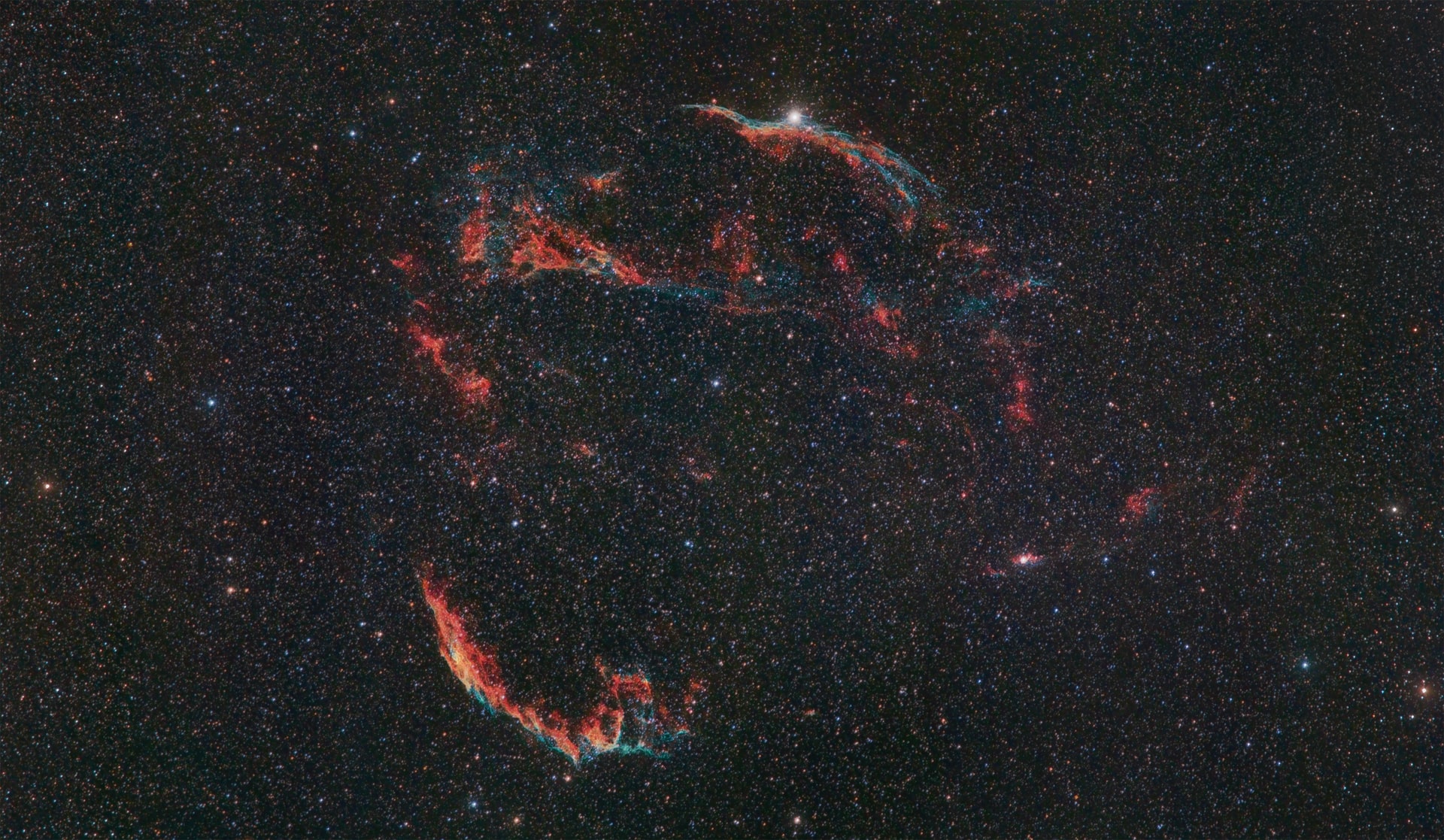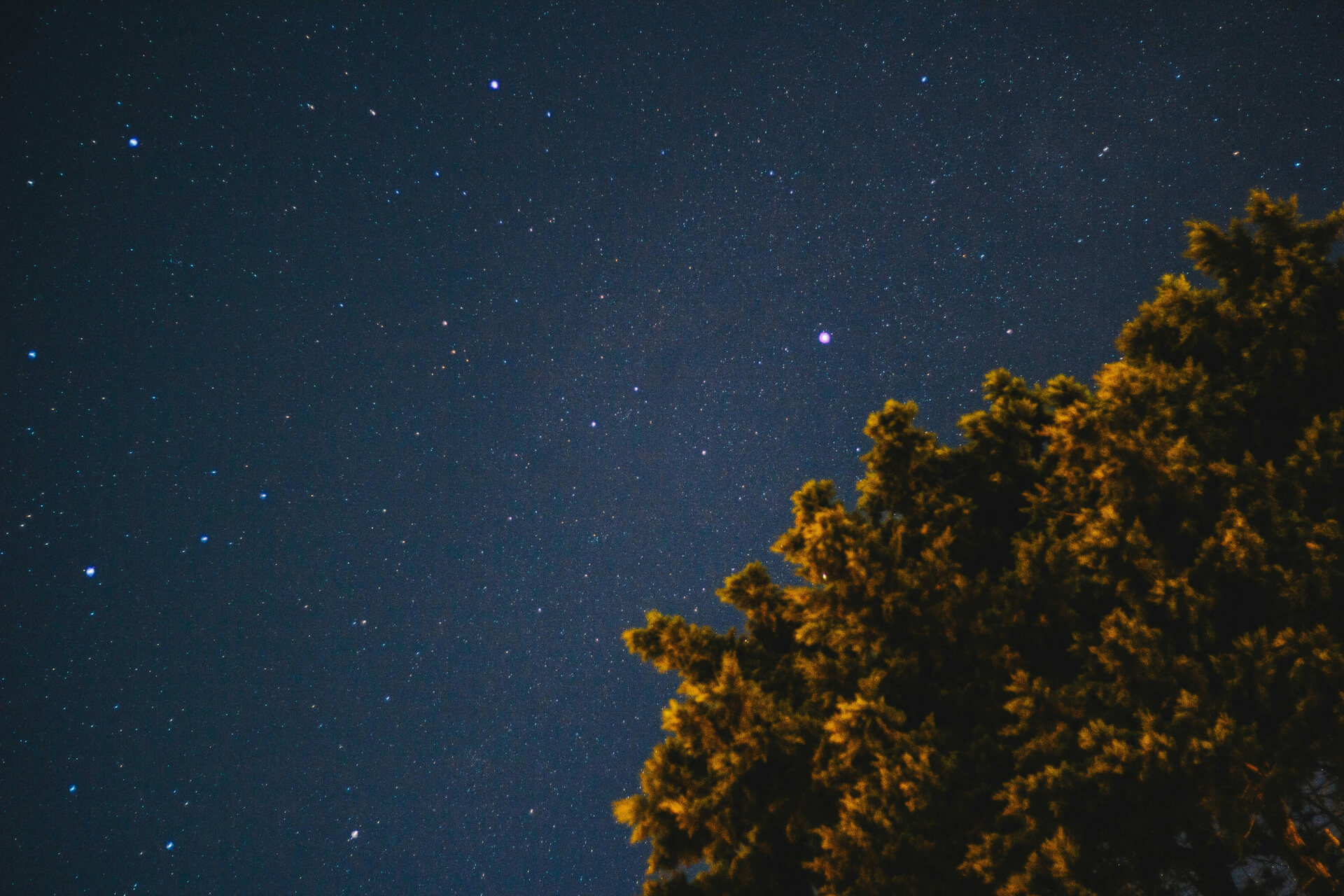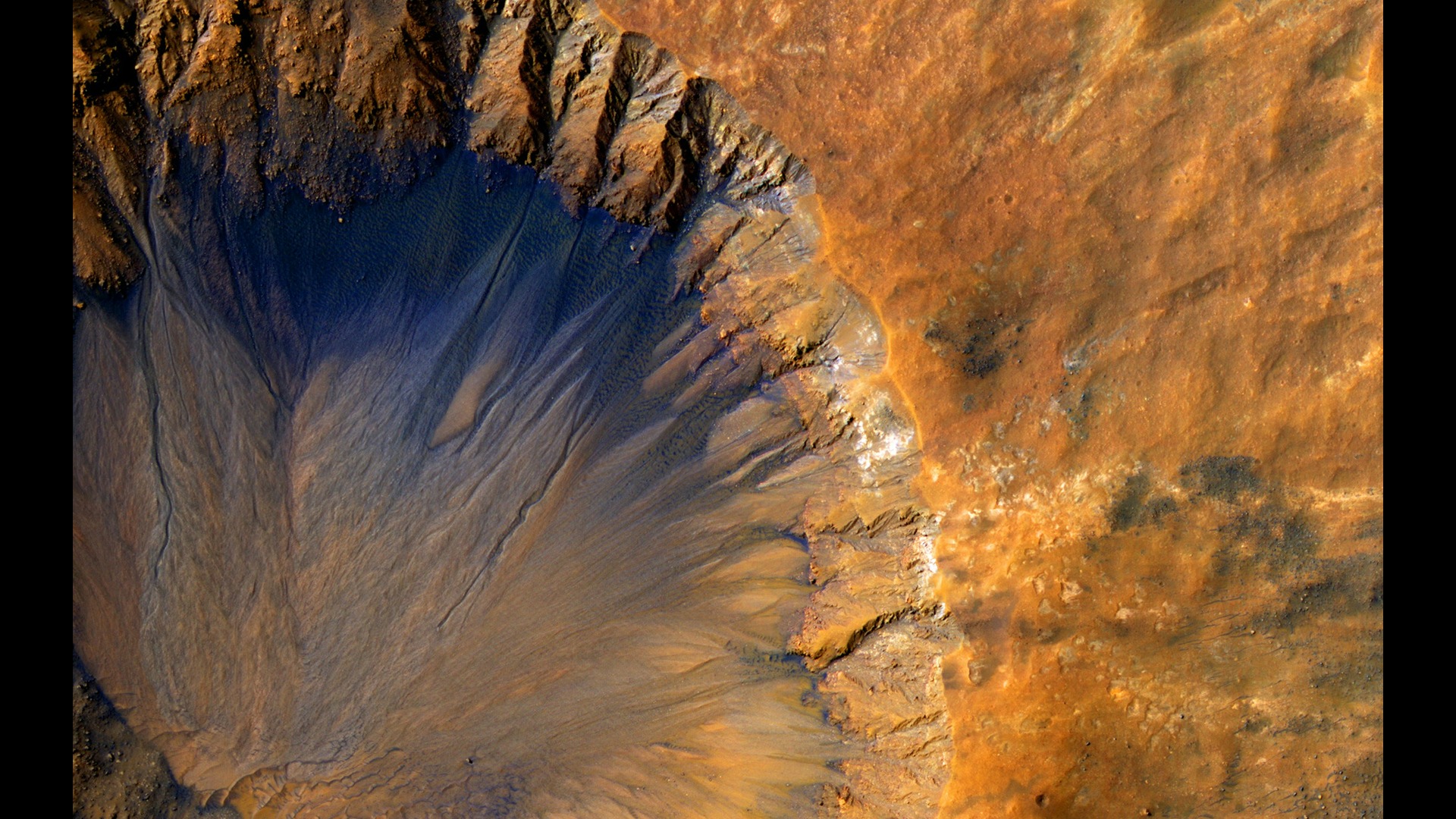
A Flash in the Night Sky: Exploring Types of Supernovae
May 11, 2022 - Emily Newton
Revolutionized is reader-supported. When you buy through links on our site, we may earn an affiliate commission. Learn more here.
There are hundreds of billions of stars in the Milky Way and more in the galaxies that lie beyond our own. At a glance, these massive celestial bodies are eternal. The sun that sits in the center of our solar system has been around for billions of years and will burn for billions more, but eventually, it will run out of fuel and begin to die. Some stars, like our own, will expand and devour their planets before finally collapsing into a white dwarf. Others, especially giant stars, experience a much more spectacular death. From time to time, astronomers will spot a bright flash in the night sky that marks the death of a star — a supernova. What are the different types of supernovae? Why are these celestial explosions so crucial to our understanding of the universe?
What Causes the Various Types of Supernovae?
Astronomers have been studying supernovae for thousands of years. The earliest recorded supernova was likely HB9, between 4500 and 1000 BCE. Early astronomers may have observed this explosion during India’s Vedic period. What causes these massive celestial explosions?
Research shows that two different things can cause a supernova to occur. The first happens in a binary star system if one of the stars is a carbon-oxygen white dwarf. The white dwarf steals mass from its companion star. If it accumulates too much mass, it explodes, becoming a supernova. This is called a thermal runaway supernova.
The second type of supernova is related to the life cycle of a star. Each star has a finite amount of fuel to burn. Once that runs out, some of the stars remaining mass begins to fall inward toward its core. As the core mass builds, so does the star’s gravitational pull. Eventually, the perpetually increasing gravity will cause the core to collapse, triggering a supernova.
This explosion is so fierce and powerful that it can create new atomic nuclei. Its massive shockwave can cause new fusion reactions in what’s left of the star’s outer shell. After the explosion, all left of these stars is a dense core and a nebula. When it collapses, it will become either a black hole or a neutron star.
Different Types of Supernovae
Supernovae are classified in one of four ways, depending on differing variables. Originally, supernovae only had two classifications — type I and type II. As we better understand supernovas and what they represent, they began to break type I supernovae further down into Ia, Ib and Ic. Most of the discoveries we’re going to discuss next were all discovered using spectroscopy. Spectroscopy uses telescopes that can read various forms of electromagnetic radiation. That includes everything from visible light that we can see to ultraviolet light, x-rays, infrared radiation and radio waves that these stars emit throughout their life and into their death.
Type Ia
Ia supernovae are usually the result of those white dwarf binary star systems that create thermal runaway supernovas. White dwarfs are smaller than most other stars, so when they absorb enough mass from their companion star and grow to about 1.4 times the size of our sun, it collapses, causing a supernova. On the spectroscopic side of things, these explosions don’t have a lot of hydrogen, showing primarily carbon, silicon, calcium and iron.
Type Ib
There’s a distinct lack of hydrogen in the spectroscopy of Ib supernovas, but they do show a higher amount of helium than the other two Type I supernovae. This type of supernova is likely the result of the death of stars that are at least 25 times larger than the sun. These stars shed their outer layers late in their lives, causing them to implode and later explode in a supernova.
Type Ic
Type Ic supernovas show little to no helium or hydrogen in their spectroscopic measurements. Astronomers believe that these are similar to type Ib supernovae and have dubbed them stripped core-collapse supernovae. We often see these types of supernovae in binary star systems, similar to type Ia. Instead of the white dwarf collapsing and exploding, the stripped star is the one that donated all of its mass to create that thermal runaway supernova.
Type II
The biggest difference between Type I and Type II supernovas, is the amount of hydrogen and helium released when the star explodes. Type II supernovas are also called “core collapse supernovae.” They happen when a star larger than eight times our sun’s mass reaches the end of its life. These stars begin fusing iron in their core at the end of its life. Over time, the core heats up until it explodes, leaving behind a neutron star or a black hole.
Understanding the Universe
Watching a supernova might seem like an incredible experience, but it’s more than just a fancy light show. A supernova takes all the materials that contributed to the star’s birth eons ago and releases them back into the universe. Astronomers theorize that many of the heavier elements we’ve discovered are produced within these supernovae. Even the iron in your blood could probably be traced back to the death of some distant and long-forgotten star.
Watching supernovae explode also helps astronomers and astrophysicists better understand the universe’s expansion. Early astronomers believed that the universe was finite. Still, we’ve since discovered that the universe has continued to expand since its inception — during another massive explosion known as the Big Bang. When observing Type Ia supernovae, astronomers noticed that the distance between distant binary pairs was wider than expected. This discovery helped reinforce the theory of the expanding universe that isn’t slowing but instead experiencing additional acceleration as galaxies move further apart.
There is so much that we don’t understand about the universe that we call home. Watching the death of these ancient stars can help make it a little easier for us to understand.
Birthing a Black Hole
One of two things can happen after a supernova under most circumstances. One one hand, if the star’s core collapses and becomes super dense, it develops into what is known as a neutron star. These stars get their name because they are so dense and have a massive gravity well that it squishes protons and electrons into uncharged neutrons. They also don’t produce any heat. If anything in the solar system survived the supernova, it would be left in the dark.
On the other hand, these can continue to collapse into a black hole. When this happens, we’re left with a stellar black hole. This is different from the supermassive black holes that sit in the center of most galaxies. These black holes are so large that they could not possibly form in the same way that the stellar black holes form — mostly because there are no stars that large that we’ve yet discovered. Theories range from gas cloud collapses during the birth of a galaxy to stellar blackholes that have merged to create a massive hole in spacetime.
The Curiosity of Betelgeuse
One of the brightest stars in our night sky is Betelgeuse. This massive red supergiant sits in the constellation Orion, serving as the huntsman’s right shoulder. The star goes through cycles of dimming every 400 days, but in 2020, the star got significantly dimmer. It had space fans and astronomers wondering if the star was reading the end of its life cycle.
It finally brightened again, but astronomers speculate that it is at the end of its life cycle. We could get lucky enough to see a supernova in our lifetime, but that supernova could happen anytime between now and 100,000 years from now. The problem with these celestial events is that if we see the light from a supernova, the star exploded more than 600 years ago. That makes it hard to tell when a star might explode.
Looking Out and Looking Up at the Types of Supernovae
We never have to worry about the sun going supernova. Our yellow star doesn’t have enough mass and it’s also in the middle of its life cycle. It has billions of years left to burn and when it finally does die, it will expand into a red giant. Studying the different types of supernovae and what they mean can make it easier for us to understand the universe that we call home.
Revolutionized is reader-supported. When you buy through links on our site, we may earn an affiliate commission. Learn more here.
Author
Emily Newton
Emily Newton is a technology and industrial journalist and the Editor in Chief of Revolutionized. She manages the sites publishing schedule, SEO optimization and content strategy. Emily enjoys writing and researching articles about how technology is changing every industry. When she isn't working, Emily enjoys playing video games or curling up with a good book.







